What’s in a name?
The selection of a brand name can sometimes prove fundamental to a product’s success.
I concede that in a former life I was a marketing professional and researched the brand personalities of luxury car marques for my masters degree. This may give rise to accusations that I would naturally espouse the importance of branding. However, if you look at the best brand names in history, you will note that some of them have become the noun for a whole product category e.g. Hoover vacuum cleaners, Scotch tape. With this in mind, I feel my standpoint is vindicated.
In the world of horology, the name “Monaco” will forever be associated with TAG Heuer and is indicative of a superb example of marketing prowess.
Calibre 11
In 1967, hand-wound chronograph watches were experiencing a downturn in demand and the watch-buying public began favoring the convenience of self-winding watches. Jack Heuer, a consummate marketing professional, entered discussions with the manufacturers at Breitling, Buren, and Dubois-Dépraz, which led to the collaborative “Project 99.” The intriguingly named collaboration centered on the notion of creating the world’s first self-winding chronograph wristwatch.
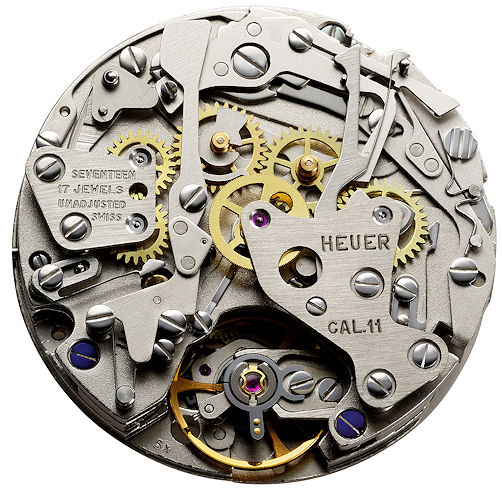
Two years later, in 1969, “Project 99” was concluded. The renamed movement was called Calibre 11, and a legend was born. Ironically, both Seiko and Zenith also released self-winding chronographs in that same year and I have read accounts from all parties proclaiming to be the first. Ultimately, I suspect there is probably an element of semantics employed when it comes to proclaiming who was first. Nevertheless, my somewhat diplomatic position on the subject is that all of these brands should be applauded for being innovative.
Monaco – marketing gold dust
Jack Heuer, realizing that both Heuer and Breitling would effectively be using the same movement to power competing products, sought another point of differentiation. His stroke of genius was the Monaco, a watch with a water-resistant square case. Thereafter, and once again with a shrewd talent for marketing, the Heuer Monaco would adorn the wrist of Jo Siffert, a Formula One driver of the time. Despite limited resources for advertising, the Monaco achieved public awareness.
However, even more so than with Siffert, the Heuer Monaco will forever be indelibly linked with Steve McQueen. The Hollywood great wore the watch in the film “Le Mans” and the iconic status of the famous timepiece was cast forever.
“Monaco” was an inspired name for the watch. The principality on the Côte d’Azur is synonymous with glamour, beauty, and, of course, motor racing. Heuer, subsequently TAG Heuer, has enjoyed a long association with Formula One, initially working with Ferrari and later McLaren. In addition, the avant-garde brand continues to sponsor the Formula 1 Grand Prix de Monaco.
One such model that overtly celebrates the ties between the principality and TAG Heuer is the Monaco Calibre 12 Automatic Chronograph ACM Limited Edition, released a couple of years ago. This watch’s movement may be different from that of the original 1969 model, but the styling remains instantly recognizable.

A history of innovation
Part of the TAG Heuer paradigm is innovation, and the Monaco 24 Calibre 36 Automatic Chronograph showcases the creativity of the brand wonderfully. The movement and dial appear to float within the case, courtesy of the watch company’s “Advanced Dynamic Absorber” system, which protects the movement from shocks.
But, perhaps the most mind-blowing watches in recent times have been the brand’s haute horlogerie creations, specifically the Monaco V4. This watch was unveiled in 2004 and its nomenclature refers to the V-shaped mainplate that contains four barrels, arranged in two pairs of two, set in parallel and mounted on ball bearings. The automotive symbolism is further emphasized by angling both banks of barrels at +/- 13°, resembling the arrangement of cylinders typically found in a Formula One engine.
In 2014, TAG Heuer took the Monaco V4 concept to another level with the release of the Monaco V4 Tourbillon. The iconic Monaco name graced the state-of- the-art timepiece, drawing heavily on the styling of the 2004 version of the Monaco V4, but incorporating Abraham-Louis Breguet’s patented device from 1801, the tourbillon.
A new Monaco V4 for 2015
This year, TAG Heuer has revisited the Monaco V4, releasing the existing model in a new case material called CMC (Carbon Matrix Composite). The appearance of the case exhibits an intriguing random labyrinth of mottled grays that I personally find fascinating to behold.
However, CMC is not merely restricted to the case, but extends to seven bridges, gracing the movement. Unlike the case, the bridges exhibit a uniform “matte black vertical brushed” finish. In this instance, the CMC consists of carbon fibers, orientated in a specific direction and placed in a mold. Thereafter, they are micro-blasted to achieve the unique matte finish. The result is a timepiece brimming with modernity.
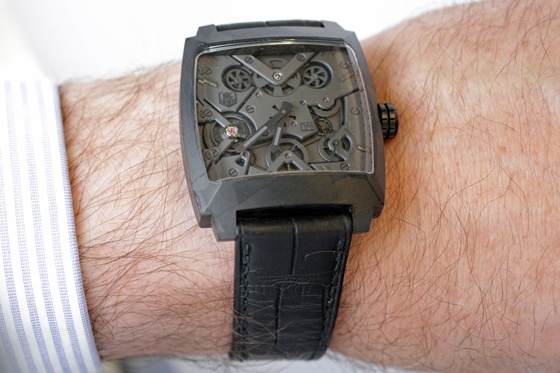
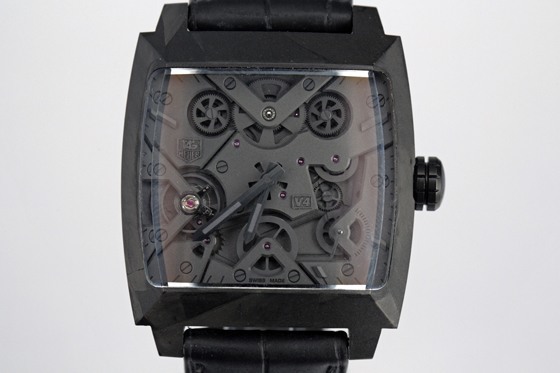
The dial:
Admiring the dial, the stealth-like mien is clear to see. The “Phantom” soubriquet proves an apt nomenclature for this watch, which pairs black and gray hues to eye-catching effect. The hands are faceted, satin-finished with titanium carbide coating and anthracite-gray SuperLuminova.
The dial is sparsely populated with few hour markers, the showcasing of various movement components taking precedence. The rubies that are visible from the front of the watch deliver small pockets of red, enlivening the otherwise covert character of the watch. However, despite the dark persona of the Monaco V4, and unlike some other “phantom”-style dials, this one remains eminently simple to read. Style has not been embraced at the expense of functionality here.
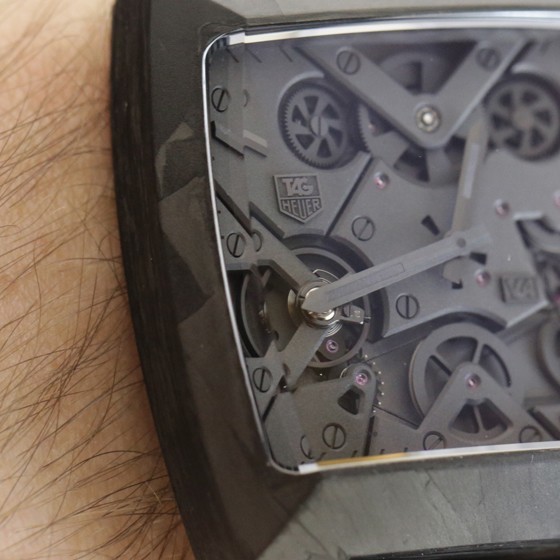
The case and movement:
The case dimensions are 41 mm x 41 mm and I found the watch accorded a comfortable fit. To be honest, this surprised me. While I did not envision the scale of the watch to prove problematic, I did wonder whether the V-shaped caseback would appear stand-offish. Rest assured, the watch nuzzles the wrist nicely and felt very at home on my hirsute arm.
The caseback features three sapphire crystal panes. Two of these reveal the barrels and belt drives, while the third one reveals the linear mass, running on a straight rail. This latter aspect is subject to patents and provides a further point of differentiation from the conventional, rotational oscillating mass. In marketing parlance, the phrase “unique selling proposition” is often employed and TAG Heuer always seem to be looking for numerous means of making its products stand out from the crowd. However, as a glutton for innovation, I am grateful for the Swiss brand’s strategy.
While there is no arguing this is a neoteric horological creation, TAG Heuer has not eschewed traditional craftsmanship. The wheels that are visible from the front of the watch are circular satin-brushed. Indeed, close examination of the Monaco V4 Phantom reveals its exacting creation.
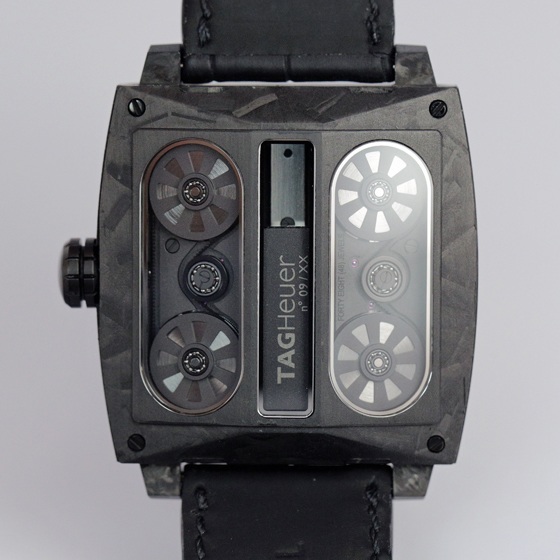
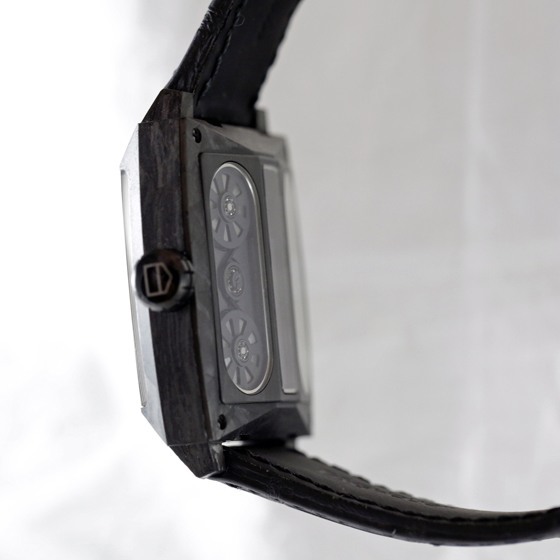
Closing remarks:
TAG Heuer is currently in the midst of change. The influence of its CEO Jean-Claude Biver — similar to Jack Heuer in that he is another marketing genius — proves evident with the release of various new models at Baselworld 2015.
The Swiss watch company, whose headquarters are in the horological haven of La Chaux-de-Fonds, has gone back to basics, releasing some very attractive and highly accessible timepieces. I personally believe this is the right course for the company. Some years ago, a young man or lady “coming of age” would often be gifted a TAG Heuer. They were good quality, honest, Swiss watches, within the financial grasp of many. In recent years, it felt like TAG Heuer had abandoned this market segment, releasing ever more complicated and, by default, expensive products. Now it has re-engaged with a younger audience.
Nevertheless, I also adore some of the haute horlogerie creations produced by TAG Heuer, which magnificently showcase the brand’s ingenuity and skill, enriching the world of horology in the process. The TAG Heuer Monaco V4 Phantom continues that tradition and its name stands for remarkable “blue sky thinking,”which reaffirms why I hold this watch company in high esteem.
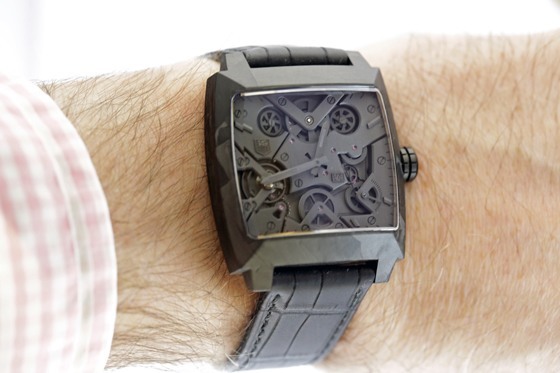
Key remarks:
Model: TAG Heuer Monaco V4 Phantom
Movement: Self-winding movement; frequency = 28,800 vph (4 Hz); 48 jewels, power reserve = max. 42 hours, number of components = 268, indications = hours, minutes, small seconds
Case: CMC (Carbon Matrix Composite), dimensions 41 mm x 41 mm
Strap/Bracelet: Matt black alligator leather strap with deployant buckle and safety push-buttons with titanium carbide coating.
Price: £36,550/$48,000 (recommended retail price as of July 23, 2015)
Where I tried on the watch: TAG Heuer HQ, La Chaux-de-Fonds, Switzerland

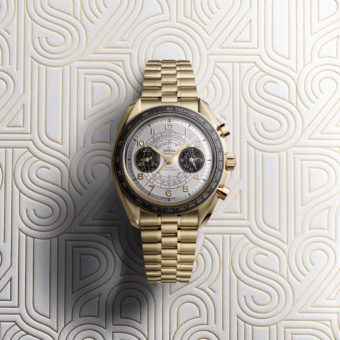
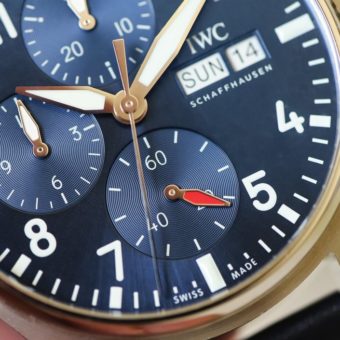
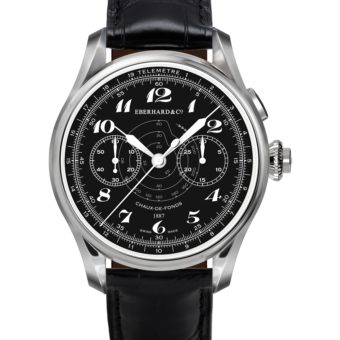
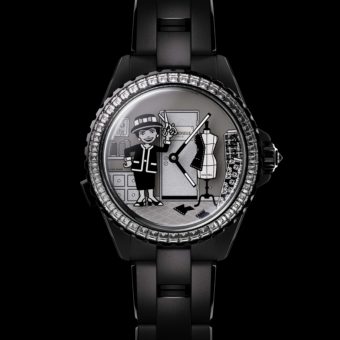
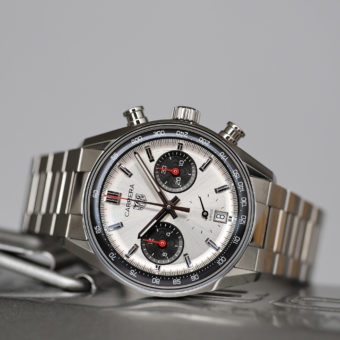
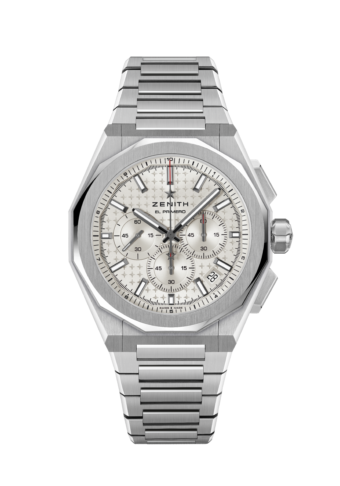
Though beauty is in the eye of the beholder, I find this one ugly, but ugly like the original Jeep ugly, it kind of gives you that sense of military prowess, albeit with the price tag of a Range Rover.
No matter how innovative the movement this must be one of the ugliest watches I have ever seen